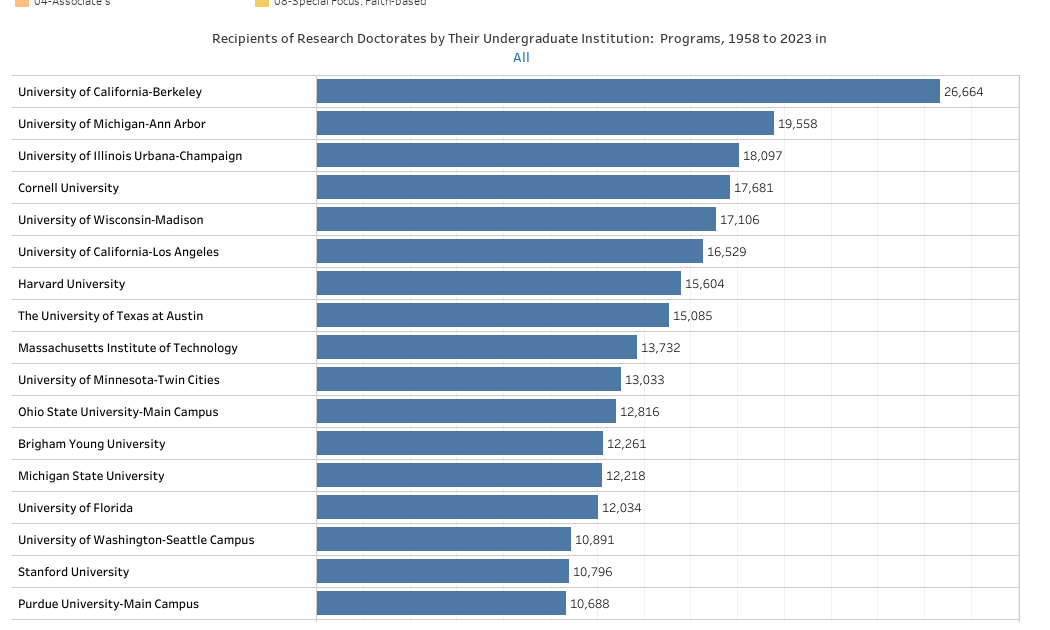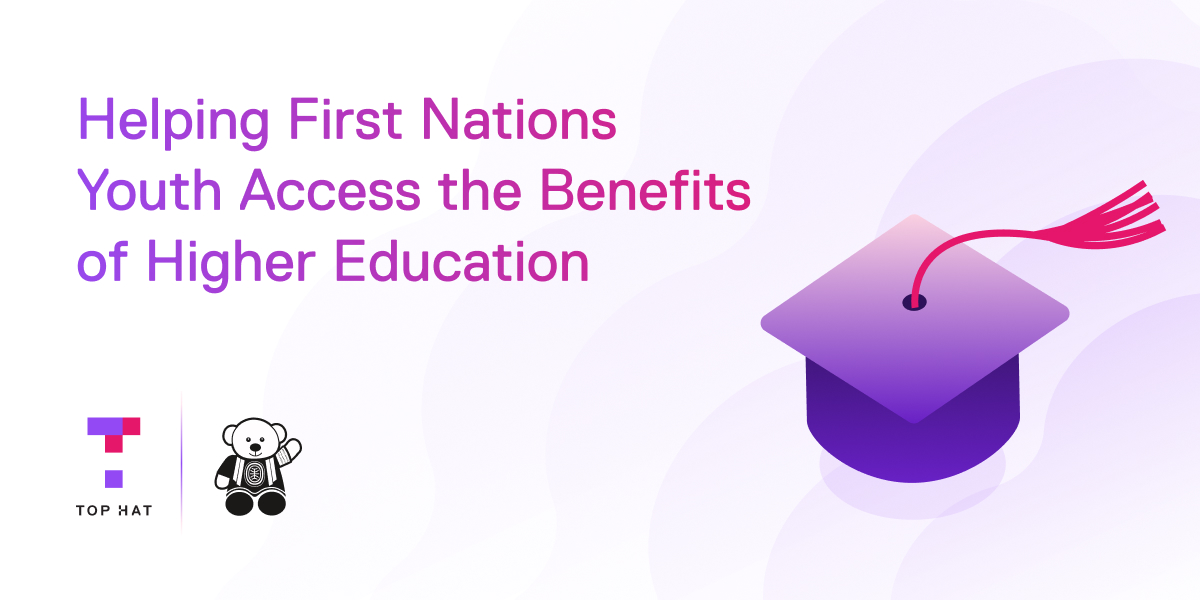Title: Achieving Greater Socioeconomic Diversity at Highly Endowed Colleges and Universities
Author: Phillip Levine
Source: Brookings Institution
Since the 2014-15 academic year, the share of students receiving a Pell Grant at institutions with large endowments (over $250,000 and $500,000 per full-time equivalent student, respectively) has increased. Pell Grant recipience is often used as a proxy for low-income status, pointing to an increase in the socioeconomic diversity of highly endowed institutions in the past decade. To pinpoint the source of this increase, the author of a new Brookings Institution brief examines several variables: eligibility, admissions standards, and student application behavior.
Importantly, the eligibility requirements to receive a Pell Grant have changed over the years. The maximum award amount increased during the Great Recession while incomes fell, raising the number of people who qualified. From the 2008-09 to 2010-11 academic years, the share of students receiving a Pell Grant at institutions with large and very large endowments jumped from 12 percent to 17 percent.
According to the author, changes in eligibility can likely explain part of the increase in Pell Grant recipience during the Great Recession. Since then, however, the maximum award amount in real dollars has decreased, despite the share of students receiving Pell Grants at highly endowed institutions continuing to rise.
Adjusting for inflation to 2023 dollars, in the 2013-14 academic year, the maximum award was $7,410. Ten years later, in the 2023-24 academic year, the maximum award was $7,395. Over this period, the economy recovered and the share of students receiving Pell Grants across higher education writ large decreased. Because the figures at these institutions diverge from national figures, eligibility changes—and therefore the number of people qualifying—are likely not the cause of the increase in Pell Grant recipients at highly endowed institutions over the past decade.
Examining average SAT scores from institutions with large and very large endowments indicates that changing admissions standards for Pell Grant students is not the source of the rise in socioeconomic diversity.
When comparing scores from 2007-08 and 2011-12 with those from 2015-16 and 2019-20, the gap between the average scores of students with and without a Pell Grant at institutions with very large endowments decreased from 72 points in 2008/2012 to 58 points in 2016/2020. At institutions with large endowments, the gap in scores between Pell Grant recipients and those not receiving a grant narrowed even more, from 98 points in 2008/2012 to 51 points in 2016/2020, representing a statistically significant change. The shrinking gaps suggest that admissions standards for Pell Grant recipients have not been lowered.
Because eligibility and admissions standards cannot explain the increase in the share of students at highly endowed institutions, it is likely that a higher number of Pell Grant recipients are applying to highly endowed schools and then choosing to enroll. Emerging research from the beginning of the decade on undermatching among low-income students coincides with an expansion of institutional initiatives to overcome these barriers, which may be contributing to higher application rates. Organizations like uAspire and Posse, which aim to recruit low-income, marginalized students, have also advanced this effort.
While there are many barriers for low-income students to attend higher education, the evidence suggests there has been progress in improving access for these students at highly endowed institutions. Institutional commitment to promoting social mobility while adhering to their academic missions will not only benefit the institutions themselves but society at large as well.
To read the full report, click here.
—Erica Swirsky
If you have any questions or comments about this blog post, please contact us.



